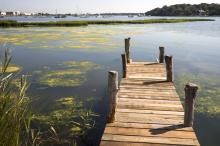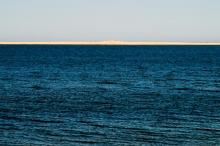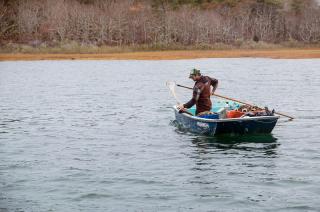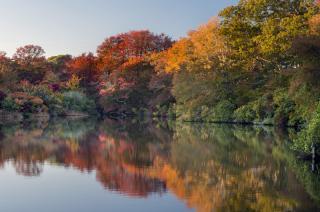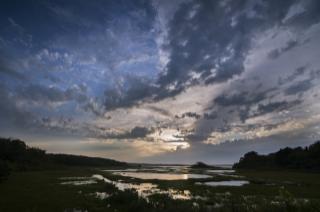
Coastal ponds
2016
With support from the Edey Foundation, the Chilmark shellfish department plans to restore vital eelgrass beds that vanished from Nashaquitsa Pond.
2015
The Massachusetts Estuary Project, which studied 12 Island bodies of water, has raised awareness of growing nitrogen problems and spurred action at several levels.
A Sengekontacket oyster project has been such a success that the shellfish department will ask selectmen to open the pond to commercial oystering.
Man-made breaches at Island ponds help maintain salinity for shellfish and eelgrass and flush out nitrogen that accumulates mostly from septic tanks and runoff.
Without wastewater treatment facilities, Island ponds could be in worse shape. Estuaries suffer from nitrogen overload, coming mostly from septic systems that remove bacteria but not nitrogen.
A few hundred alternative systems are installed on Martha's Vineyard, mostly in Edgartown and Oak Bluffs. The technology could help achieve nitrogen mitigation in Island coastal ponds.
